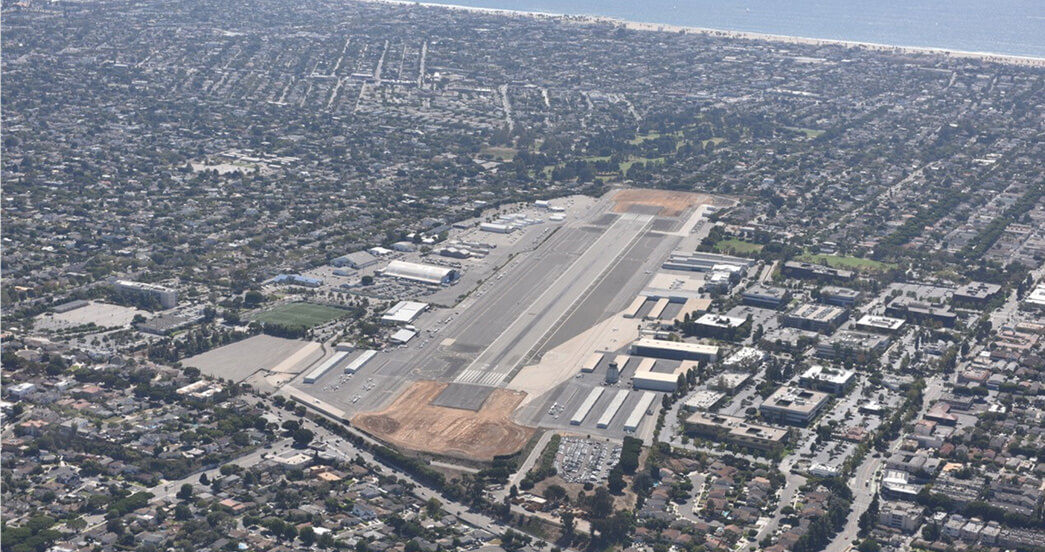
Oct. 30, 2019
Aviation users of California’s Santa Monica Municipal Airport (SMO) must pay for multi-million-dollar airport projects at SMO that do not actually benefit them or the airport, according to a recent informal determination by the FAA.
In an Oct. 21 letter in response to an informal Part 13 complaint – initiated by the FAA as the result of an inquiry by NBAA, the Aircraft Owners and Pilots Association and the General Aviation Manufacturers Association – the agency concluded that the city of Santa Monica is able to use airport revenue for projects associated with its runway shortening project, including pavement removal, pavement pulverization, soil stabilization and hydroseeding.
The project to demolish pavement that was removed from operation in 2017 started in June and is scheduled to conclude in November.
The FAA decision is premised on a 2017 settlement agreement, made in secret between the FAA and the city, which purports to authorize the city’s shortening of the runway, and also guidance provided in a letter from the outgoing FAA general counsel.
“We acknowledge the FAA reconsidering the original guidance provided to the city, but are disappointed with the agency’s decision,” said Alex Gertsen, NBAA director, airports and ground infrastructure. “This is not airport construction, but purely airport destruction. Taxpayer dollars were used to build this runway and the aeronautical users should not be paying for the demolition that has zero benefit to them.
“The FAA’s decision allows Santa Monica to continue its avowed agenda to make SMO as inhospitable as possible to aviation operators,” he added.
Gertsen also noted that the FAA did put Santa Monica on notice that the city must reach an agreement with the FAA for the future collection and use of all airport revenue. Gertsen emphasized that “to ensure that future abuses are prevented, the FAA must hold the city to its obligation to use airport revenue only for purposes that benefit the airport and to foster transparency going forward on issues that directly impact the airport users.”
A study performed for SMO by an aviation safety expert emphasized that preserving the pavement beyond the runway ends provided the best type of surface to support aircraft in stopping safely in case of an overrun or an undershoot. A number of mishaps that utilized the runway safety areas since the runway was shortened concluded without damage to aircraft due to the additional pavement being present.
Gertsen noted that “the city did a poor job with directional signs, markings and closure barricades creating confusion for pilots operating on the airport once the geometry was changed. Less costly improvements to signage and markings would have addressed the concern for incursions rather than the multi-million dollar project to remove pavement. FAA also chose not to engage on the additional safety concern of more wildlife, primarily birds, being attracted to the airport as the result of hydroseeding.”
Gertsen added that NBAA is still awaiting the decision in the lawsuit filed last year in the Federal District Court for the District of Columbia challenging the overall legality of the 2017 settlement agreement. “Should NBAA prevail, the city will need to restore the runway to its original length,” Gertsen said.
The associations will continue to closely monitor the situation at SMO.


 International Business Aviation Council Ltd.
International Business Aviation Council Ltd.